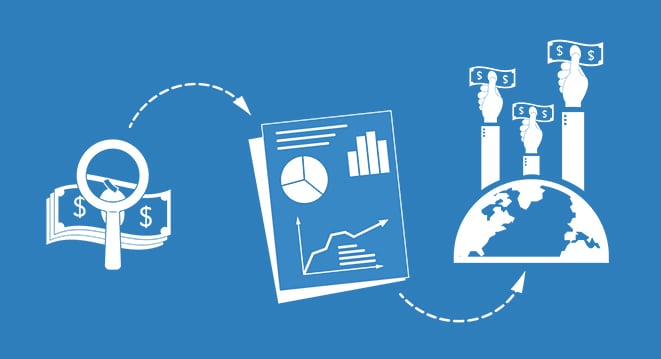Shipping materials can be make-or-break for e-commerce businesses. Here’s how the right packaging can keep your shipment safe and turn new customers into brand loyalists.
Remember that old adage about not judging a book by its cover? Whoever came up with it was definitely not talking about e-commerce. In the competitive world of online retail, presentation is everything. This not only applies to the way a product is presented on your website and social media pages but also to the way its packaging looks when it arrives on the customer’s doorstep.
Packaging matters for e-commerce businesses on both practical and less-obvious levels. The right packaging is tailored to the volume, weight and specific needs of your item, including factors like how fragile it is and whether or not it needs refrigeration. However, the right packaging also sends a message about your brand that can translate to repeat patronage and new customers.
Case in point: unboxing videos. In 2014, Google reported a 57 percent spike in the popularity of these on YouTube. Consumers like unboxing videos because they evoke a giddy sense of childlike wonder reminiscent of Christmas morning while also conveying information about a product that might not be available in brick-and-mortar stores. This is a very useful effect for e-commerce businesses to consider.
Now that you understand the why behind packaging, let’s dive into how to make the best choice for your business.
Bags vs. boxes
_2.jpg?width=999&name=How%20E-Commerce%20Shippers%20Can%20Choose%20the%20Best%20Packaging%20(And%20Why%20It%20Matters)_2.jpg)
The first consideration when choosing packaging is bags vs. boxes. A business with a wide range of products may need to use both with some variance, while a business with a smaller selection of goods may only need to choose one option.
Bags are available in a few different styles and are ideal for items that are not fragile. They’re also best for smaller, lower weight, and/or transparent products and tend to be quite economical. Most e-commerce retailers favor bags made of polyethylene (often referred to as polybags). If your item needs a little more protection than a polybag offers, consider a bag lined with bubble wrap.
Boxes, on the other hand, are available in a wider variety of styles at a range of price points. Boxes are better suited for larger shipments and fragile items. Keeping in mind the popularity of unboxing videos, it’s also worth noting that consumers may find them more aesthetically pleasing. Boxes range from standard cardboard corrugated stock boxes with flaps on top (sometimes called Regular Slotted Containers or RSC) to options with locking flaps (Roll End Lock Front boxes or RELF). The latter tends to be popular with e-commerce businesses, as this type of box eliminates the need for tape, provides more security and stability, and is considered more attractive.
Like everything in your business, the bag vs. box debate will depend on your budget, product, and brand.
Inserts
After choosing the outside of your packaging solution, it’s time to consider what’s inside. We’re talking inserts. These can protect your items, showcase the product and provide customers with additional information.
Use protective inserts made of cardboard, foam, plastic, or pulp to eliminate jostling and absorb impact while items are in transit. Foam or pulp inserts are a great choice for e-commerce retailers looking to deliver that wow factor that comes when the entire product is perfectly displayed upon opening the package.
In addition to protective inserts, consider informational inserts. These can include a message of thanks, a discount code for a future purchase, or a nudge to share photos of the product on social media with relevant hashtags. You might even include other promotional inserts, such as stickers with your logo on them, or a free sample of another product that will entice the customer to continue shopping with you.
Making it stand out
Your choice in packaging materials and printing will communicate the story of your brand. Material choices for packaging include bleached white boxes for a crisp clean look and unbleached brown boxes for a more natural look.
Once you’ve selected your packaging, treat it as your canvas and use it to show off your label and other messages. Consider the color scheme of your brand and opt for either digital printing or offset printing. The former is best for small volume shipments while the latter is ideal for large quantities.
In addition to your logo, think about the message you might add to the front of the bag or side of the box. Use language and a font that represents your brand and speaks to the customer.
Next steps
Now you’re ready to ship, but it doesn’t stop there. 71lbs is the best way to protect your e-commerce shipment. We offer shipping insurance that translates to real savings of 25% to 45%. This applies to all major carriers and utilizes an easy claims process that’s backed by technology and caring Shipping Advocates. To learn more or to get started, contact 71lbs today.



